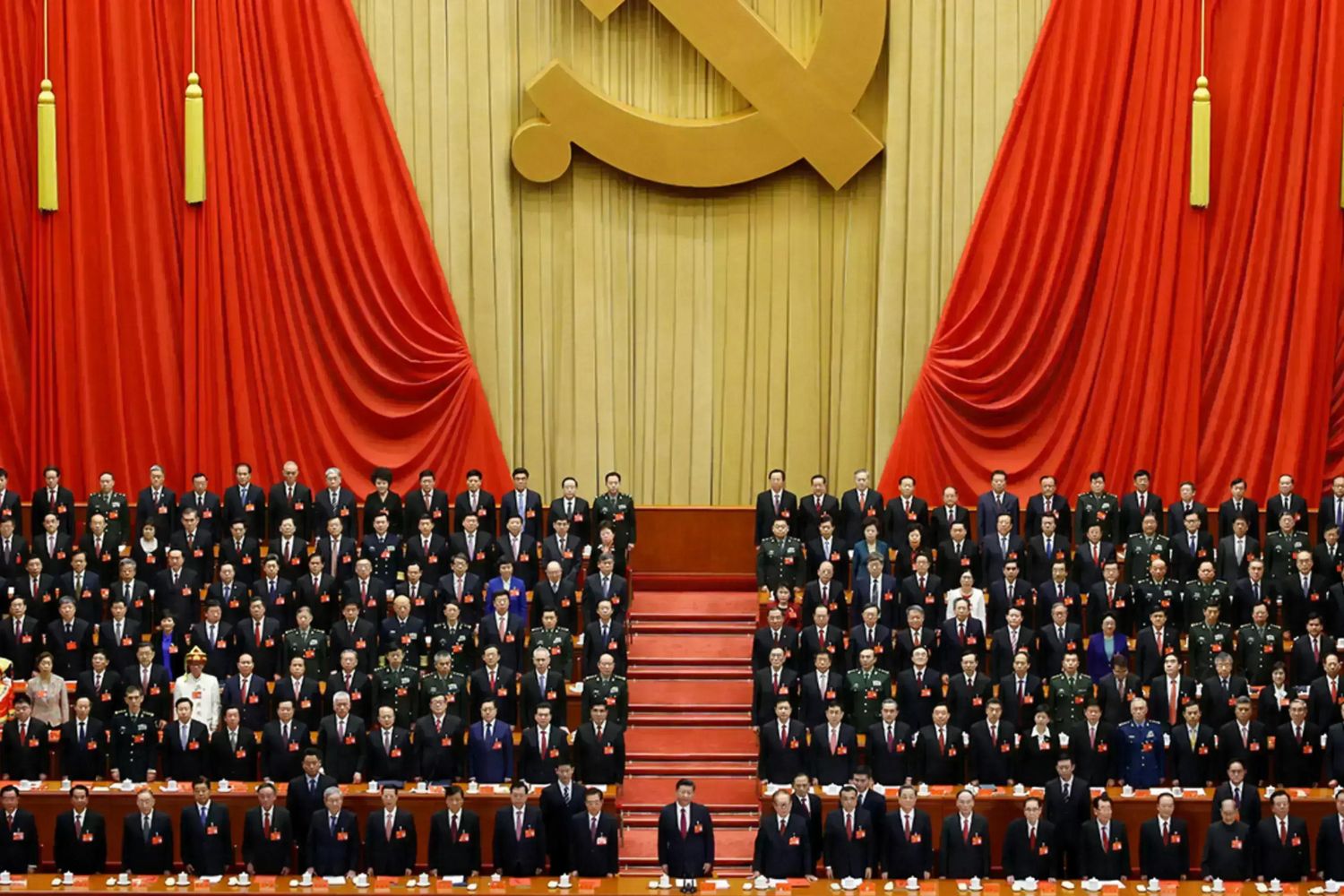The final budget for the fiscal year 2025 has been presented, outlining the government’s strategic vision for its roadmap to making India a completely developed nation by 2047 in line with previous interim budget frameworks. The economic growth forecast remains stable at 6.5% to 7% for the upcoming financial year. This comprehensive budget addresses a range of priorities and introduces significant reforms across various sectors.
Budget Focus and Strategic Priorities
The budget emphasizes nine key areas: productivity, agricultural resilience, employment, skilling, and inclusive human resource development. Notably, agriculture receives heightened attention, with a focus on research, natural farming, and enhancing self reliance for pulses and oilseeds. Other priority areas include urban development, energy security, infrastructure, and innovation, alongside next-generation reforms aimed at bolstering the manufacturing and services sectors.
A new employment-linked scheme has been introduced, aimed at enhancing job creation, particularly in the manufacturing sector. This scheme provides financial incentives to employers who meet specific employment targets, signalling a shift towards more direct support for job generation compared to previous production-linked schemes. There is also a notable emphasis on increasing women’s participation in the workforce and improving skilling initiatives through collaboration with state governments and industry.
Simplification of Investment Regulations
The budget proposes simplified regulations for both inbound and outbound foreign investments. Additionally, the space economy is set for significant growth, with a goal to expand by five times over the next decade. To support this, the government has allocated $120 million to a new venture capital fund.
Tax Revenue and Direct Tax Changes
The budget projects a modest 10.8% growth in gross tax revenue, driven primarily by an increase in direct taxes, which are expected to grow by 12.9%. However, indirect tax revenues, such as customs and excise duties, are projected to grow at a slower rate.
Significant changes have been proposed in direct taxes:
Income Tax Reforms: The budget introduces modifications to the tax slabs under the new tax regime (Section 115 BAC), increasing the exemption limit and adjusting income slabs. For instance, the new tax slabs for the fiscal year 2024-25 are set at 5% for income between ₹3 lakhs and ₹7 lakhs (approx. $3,600 to $8,400), 10% for $8,400 to $12,000, 15% $12,000 to $14,400, and 20% $14,400 to $18,000. The standard deduction has increased from ₹50,000 to ₹75,000 (approx. $600 to $900). The old tax regime remains the same.
Capital Gains Tax: The budget introduces significant changes to capital gains taxation. The holding period for long-term capital gains on listed companies and equity-oriented funds has been set at 12 months, while for other assets like property, land and unlisted securities, it is 24 months. Long-term capital gains will now be taxed at a flat rate of 12.5%, with the removal of indexation benefits for assets sold after the budget date. Short-term capital gains tax rates have also been adjusted, with an increase from 15% to 20% for shares where Securities Transaction Tax (STT) is paid.
Business Income Tax Changes: The budget introduces new tax provisions for partnership firms, including a 10% withholding tax on payments to partners. It also includes new measures for foreign companies, with a reduced corporate tax rate of 35% and a 20% tax on income from passenger carriers.
Other Tax Provisions: Several other tax provisions have been revised, including a reduction in TDS rates on various payments, adjustments in TCS rates, and changes in the taxation of buyback proceeds.
Reforms and Compliance Measures
The budget also includes reforms in tax compliance, such as extending the time limit for filing revised TDS returns to six years and introducing new provisions for TCS on luxury goods. Additionally, the budget aims to address various compliance issues by clarifying the treatment of share premiums and removing angel tax for startups, which has been a contentious issue in recent years.
India’s final budget of 2025 reflects a strategic focus on enhancing productivity, supporting agriculture, and fostering job creation through targeted reforms and incentives. While it introduces several tax reforms and compliance measures, the impact on taxpayers and businesses will require careful consideration. The budget sets a clear direction for economic growth and development, aiming to build on previous achievements and address emerging challenges in the Indian economy.
ALSO READ: Indians struggle to find employment despite economic growth













